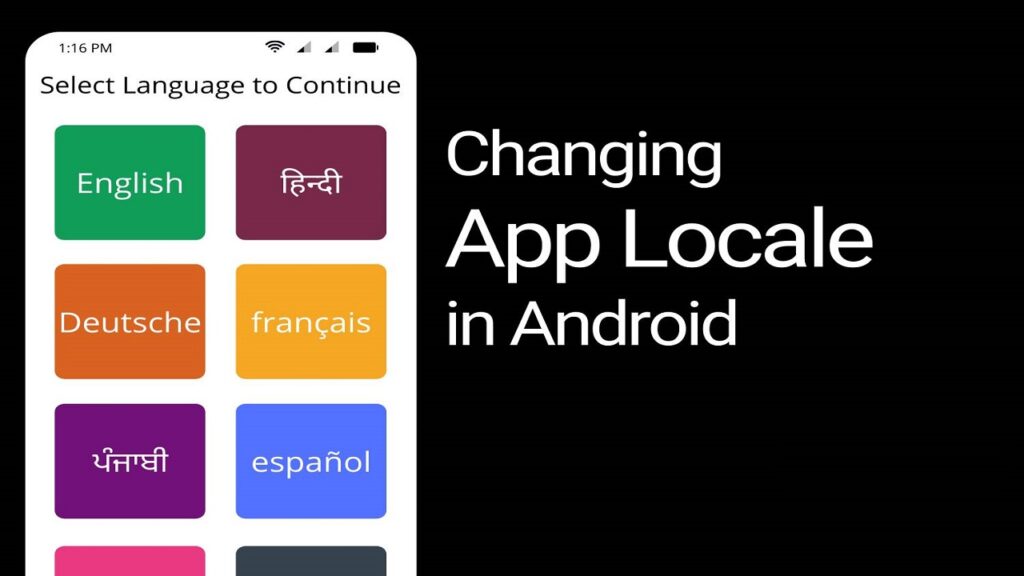A Comprehensive Guide to Translate an APK to a Different Language

How to Translate an APK to a Different Language educates translated files and coherence in the new language. Translating an APK to a different language can appear to be overwhelming. However, with the right instruments and steps, it’s very reasonable. This guide will walk you through the interaction. We’ll cover all that from separating assets to altering translations and repackaging the APK. An APK record is the bundle document design utilized by Android to circulate and install applications. It’s like other programming bundles like APPX in Windows or a Deb bundle in Debian-based working frameworks. APK records contain every one of the components an application needs to install accurately on your device.
More Queries: How to Verify APK File Integrity
Steps to Translate an APK to a Different Language
Decompile the APK:
First, decompile the APK. This process extracts the contents of the APK file, making them accessible for editing.
- Install APKTool from its true site.
- Open your order brief or terminal.
- Explore to the index containing your APK document.
- Run the command:
apktool d yourapp.apk
This command creates a new folder with the decompiled contents. Inside this folder, you’ll find all the resources and files you need to edit.
Locate Strings for Translation:
Next, find the strings that need translation. These are usually stored in XML files within the res/values directory.
- Open the
res/values/strings.xmlfile. - You’ll see a list of strings in the format:
xml <string name=”example_string”>Example</string>
- Identify the strings you need to translate.
These strings are your targets. They are the text elements displayed in the app.
Translate the Strings:
Now, translate the strings. You can do this manually or use translation tools for assistance.
- Duplicate the strings.xml document.
- Rename the duplicate to strings.xml yet place it in another catalog structure mirroring the objective language (e.g., res/values-es/for Spanish).
- Translate each string inside the new strings.xml document.
Ensure accuracy. Poor translations can lead to user confusion or app malfunctions.
Update Other Resource Files:
In addition to strings.xml, other resource files may need a translation.
- Check the
res/layoutdirectory for XML files containing text. - Translate any hardcoded strings within these files.
Consistency is key. Make sure all text elements are translated.
Recompile the APK:
After translating, recompile the APK. This step packages your changes back into a functional APK file.
- Open your command prompt or terminal.
- Navigate to the directory containing the decompiled folder.
- Run the command:
apktool b yourappfolder
This command generates a new APK file in the dist the directory inside your app folder.
Sign the APK:
Recompiled APKs need to be signed before they can be installed on a device. Unsigned APKs will be rejected by Android.
- Use the Java Development Kit (JDK) to sign your APK.
- Run the command:
jarsigner -verbose -sigalg SHA1withRSA -digestalg SHA1 -keystore your-keystore.jks yourapp.apk alias_name
- Follow the prompts to complete the signing process.
Signing verifies the integrity of your APK. It’s a crucial step.
Test the Translated APK:
Finally, test your translated APK. Ensure all strings are correctly displayed and the app functions as expected.
- Install the APK on your device using the command:
adb install yourapp.apk
- Open the app and navigate through it.
- Check all screens and dialogs for proper translation.
Testing ensures your translation is effective and complete.
Advanced Techniques How to Translate an APK to a Different Language
Use of Translation Management Systems:
Devices like Transifex or Crowdin can assist with overseeing huge interpretation projects. They offer joint efforts including and coordinating with rendition control frameworks.
Automated Translation:
While noticeably flawed, administrations like Google Translate can accelerate the underlying interpretation process. Continuously audit and refine computerized translations.
Internationalization Libraries:
Think about utilizing libraries that help internationalization (i18n). These libraries work on the method involved with taking care of various languages.
Continuous Integration:
Coordinate interpretation into your consistent reconciliation (CI) pipeline. Robotize tests to check for missing translations and different issues.
Custom Localization Solutions:
For complex applications, foster custom restriction arrangements. These can deal with dynamic substance, pluralization, and other high level elements.
Common Challenges and Solutions:
- Sometimes, not all strings are in strings.xml.
- Check other asset documents or hardcoded strings inside the code.
- Interpretation can influence format.
- Longer text might make UI components cross over or skew.
- Change format documents if important.
- Guarantee your word processor saves documents with the right encoding (UTF-8).
- This forestalls issues with unique characters.
- Ensure you utilize the right keystore and nom de plume while marking your APK.
- Erroneous marking can forestall installation.
- If the application crashes after interpretation, check for blunders in the XML language structure.
- An absent or additional person can cause crashes.

Tips for a Smooth Translation Process:
Translating an APK involves several steps. Here are some tips to help you manage the process smoothly:
- Consistently keep a support of the primary APK and decompiled records.
- Ensure that terms are dependably translated across the application.
- If possible, have a nearby speaker overview your translations for accuracy and ease.
- A couple of strings could have different ramifications relying on the particular situation. Ensure your translations fit the normal use.
- Make an effort not to rely upon visual examination basically. Use the application as an end-client would ensure everything works precisely.
These tips help avoid common pitfalls. They ensure a higher quality translation.
APK Structure:
APK files have a specific structure. Key components include:
- Contains the manifest record, signature, and a rundown of assets.
- Contains ordered code intended for specific processors.
- Contains assets not ordered into assets. arsc.
- Crude asset records packaged with the application.
- Depicts fundamental data about the application.
- Ordered Java classes to run on the device.
- Precompiled assets.
Understanding this structure is crucial. It helps you know where to find the strings to translate.
Tools You’ll Need:
Before starting, gather these tools:
- For decompiling and recompiling APK files.
- For editing XML and resource files.
- Includes essential tools like adb (Android Debug Bridge).
- Required for running APKTool.
These tools are essential. They allow you to access and modify the APK’s contents.
Conclusion
How to Translate an APK to a Different Language Download is a definite interaction. It requires cautious extraction, interpretation, and repackaging of assets. However, with the right instruments and steps, you can effectively translate any APK. By following this aide, you’ll have the option to make your application available to a more extensive crowd. Make sure to test completely and guarantee that your translations are exact and relevantly suitable.





